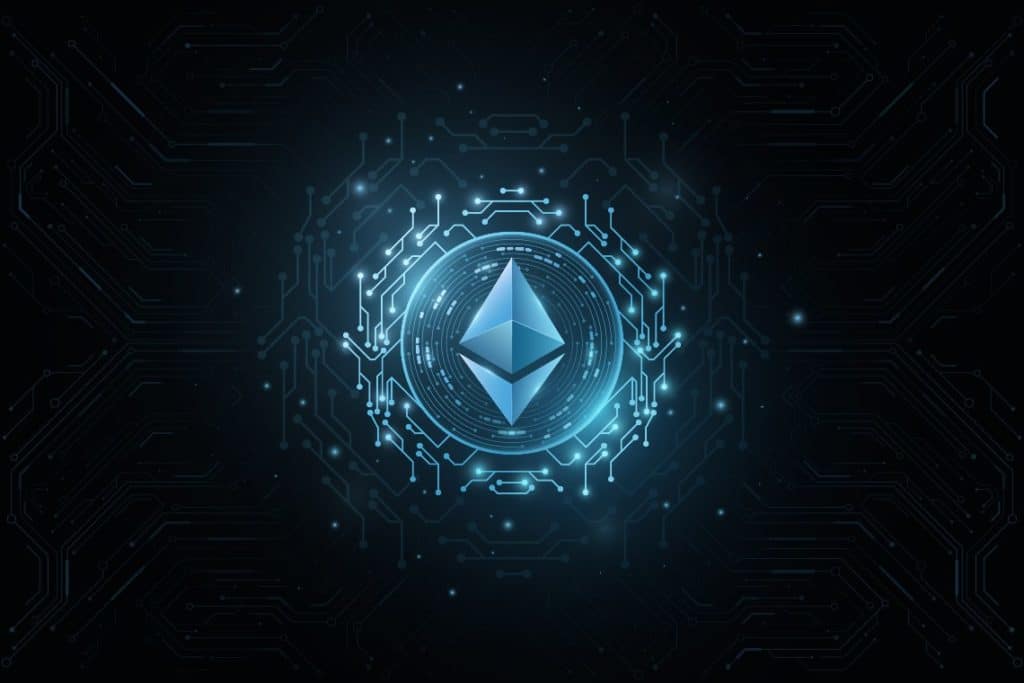Yesterday, Vitalik Buterin published the plausible roadmap for Ethereum 2.0, called “Endgame”.
Endgamehttps://t.co/wm9Pvdjxo0
— vitalik.eth (@VitalikButerin) December 6, 2021
The Ethereum 2.0 roadmap
This is actually not a real roadmap, as dates are missing, but a to-do list.
This list consists of a second staking layer to perform the validation of distributed blocks, the introduction of ZK-SNARK to allow users to directly check the validity of blocks, data availability sampling to allow users to check the availability of blocks, and finally secondary transaction channels to prevent censorship.
The goal is to build a scalable and secure blockchain ecosystem in the long term, but without ending up centralizing the production of blocks.
According to Buterin, Ethereum is very well positioned to adapt to this kind of evolution because it is a project that is open to all possible future scenarios.
He also believes that the future of the blockchain is to offer trustless and censorship-resistant services, which is curiously also in line with what is happening to Bitcoin’s development thanks to the Lightning Network.

The risks of ETH 2.0
The problem is that in order to achieve these aims there is a real risk that blockchain production will become so specialized that it risks becoming de facto centralized.
This is a crucial point in the competition between the various blockchains, because often the more performing ones are more centralized, while the more decentralized ones are less performing. This is why in some cases people have preferred to opt for off-chain solutions, such as LN, which can reduce the conflict between performance and decentralization.
However, Buterin argues that even second-layer solutions can risk producing centralization.
He writes:
“No single rollup succeeds at holding anywhere close to the majority of Ethereum activity”.
The uncertain future
The situation is therefore still very much in the making, and the future uncertain. Buterin anticipates possible problems in the future in order to give developers as much time as possible to find solutions. He also points to a way that preserves decentralization as much as possible, without which the blockchain would not make much sense.
In such a scenario, Ethereum seems to be clearly favoured over the vast majority of alternative blockchains, primarily the Binance Smart Chain. Only a small handful of blockchains can be said to be decidedly decentralized and with a low risk of centralization in the future.
The post Endgame, the “plausible” roadmap for Ethereum 2.0 appeared first on The Cryptonomist.






















